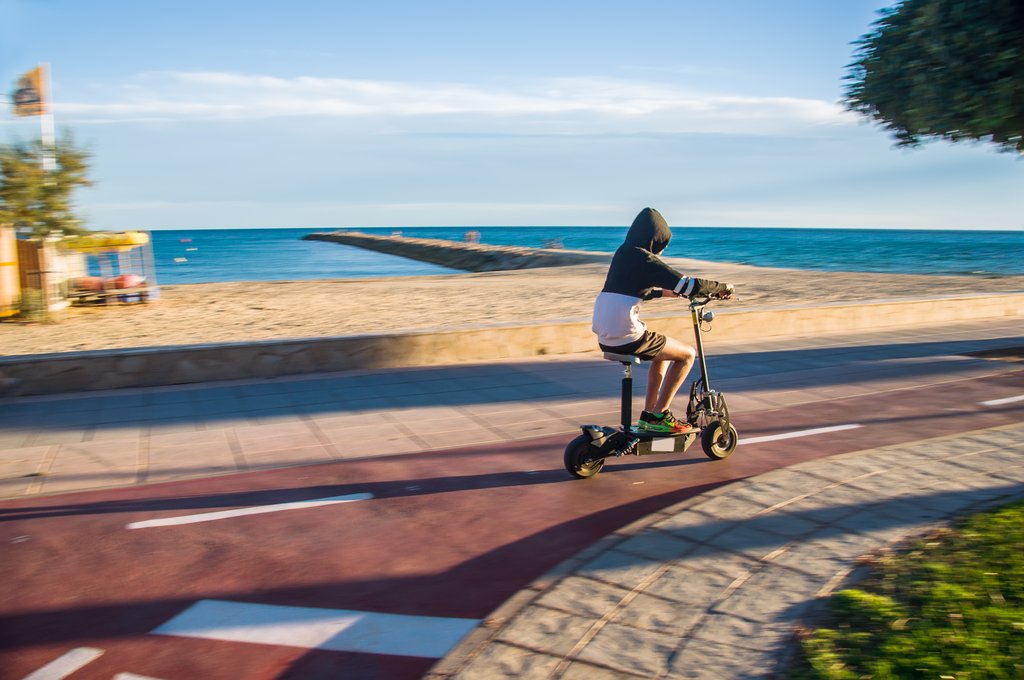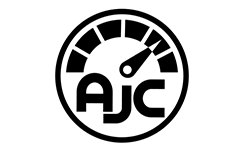Electric Scooter Replacement Battery Tips

Electric scooters have exploded in popularity, becoming a common sight for urban commuters and neighborhood explorers alike. While generally reliable and increasingly affordable, battery issues can arise, impacting their core functionality. As the power source of your ride, understanding electric scooter batteries is crucial. Based on insights from our electric scooter customers, let’s delve into what you need to know when facing battery-related problems.
Getting Started: Charging Your Scooter
Just received your new electric scooter? Resist the urge to ride immediately! Always fully charge the battery before your first use, even if it shows some initial charge. Think of it as priming the battery for optimal performance and longevity.
After every ride, make it a habit to plug it in and recharge. Consistent charging ensures you’re always ready to go and helps maintain battery health.
Powering Down for Battery Preservation
When you’re not scooting, remember to switch the power button to the “off” position. This simple step prevents unnecessary battery drain and extends its overall lifespan.
Long-Term Storage: Keeping Your Battery Healthy Through Downtime
Planning to store your scooter, like a Razor model, for an extended period (e.g., winter)? Don’t neglect the battery! Charge it every 30 days to prevent it from dropping to a critically low level, which can make recharging impossible. However, avoid overcharging; once full (typically indicated by a green light or after 6-8 hours as per manufacturer instructions), disconnect it.
Finally, store your scooter in a temperature-controlled environment. Avoid storing it in temperatures below 50°F (10°C), and absolutely prevent freezing temperatures, as these can permanently damage the battery.
When the Battery is Low
If the scooter is slow or sluggish, the horn sounds wimpy and the lights are dimming, the battery probably needs to be charged. Your user manual will tell you about how far or how long your scooter should perform on a full charge, but the power will usually diminish towards the end of that cycle. The power will also diminish when the battery is reaching the end of its useful life. It will only charge for a set number of cycles and after that will need to be replaced.
Make sure you have the charger that came with your scooter or that you have purchased a good quality charger. Lesser quality chargers may take a long time to charge your battery or may never fully charge it. There can also be connection issues with lower quality chargers.
These batteries don’t have a ‘memory’ and don’t need to be fully discharged prior to recharging. As a matter of fact, completely discharging the battery is NOT recommended, as it may prevent it from holding a charge in the future. When a lead-acid battery is not charged, it gets a buildup of sulfate-ion inside. This buildup will prematurely age your battery and is the reason batteries no longer accept a full charge.
Eliminate Downtime: The Advantage of a Spare Battery
Consider purchasing a spare electric scooter battery. That way you can continue to ride while one battery is charging and swap them out as needed. This proactive approach eliminates downtime and keeps you on the move.
To get the most out of your electric scooter and avoid unexpected interruptions, remember these crucial battery care tips. Prioritizing proper charging, mindful storage, and understanding the signs of a weakening battery will ensure a smoother and more enjoyable ride. And for ultimate peace of mind, a spare battery can be a game-changer. Keep these insights in mind, and you’ll be well-equipped to keep your electric scooter running strong.
